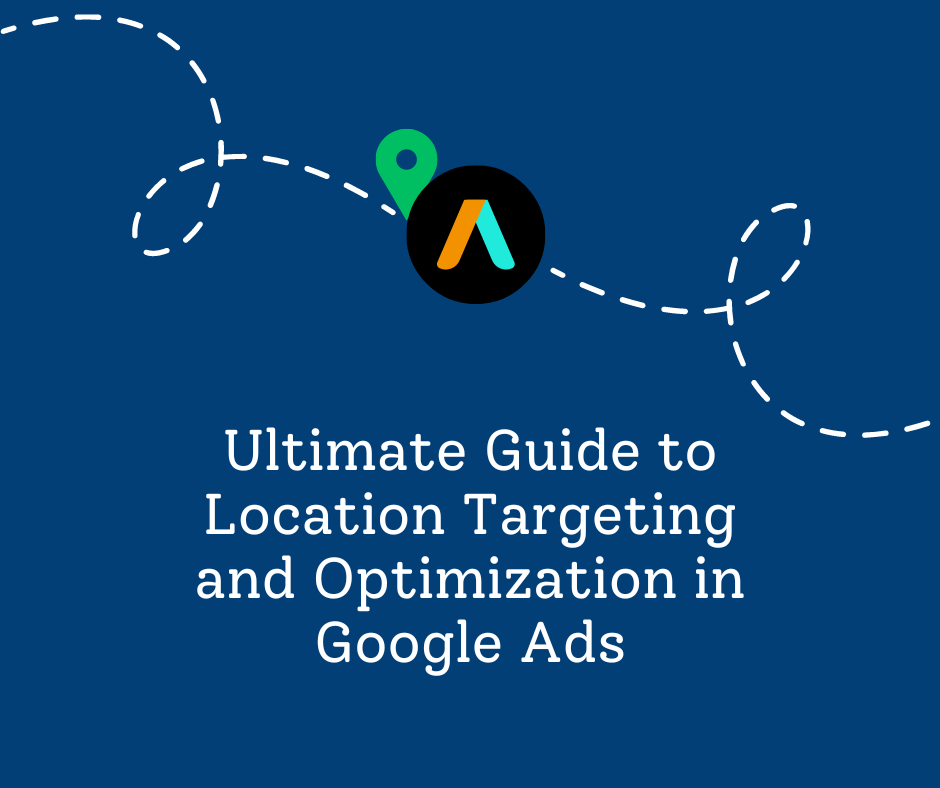Location targeting allows advertisers to show their ads to users within specific geographic areas, enhancing the relevance and effectiveness of their campaigns. However, the intricacies of location settings require correct configuration. An improperly configured location targeting can lead to ads being shown to audiences far beyond the targeted market, diluting the campaign’s impact and wasting valuable ad spend. This typically happens when advertisers overlook advanced location settings, such as excluding locations where they don’t want their ads to appear or misunderstanding the difference between targeting people “in” versus “interested in” a location. Such errors can result in ads reaching users who are unlikely to convert, thereby diminishing the return on investment.
In this article, we will explore the biggest mistakes related to location settings and how to fix them, ensuring your ads reach the right audience in the right places. By the end, you’ll clearly understand how to fine-tune your location settings for maximum impact.”
Targeted Locations Vs Matched Locations
Matched location basically means the region/location from where ads were triggered.
Even if an advertiser chooses a particular location, ads can be triggered for other locations due to the “presence or interest” location option. It is important to analyze the targeted locations and the matched location data.
On new Google Ads interface, you can find the Matched locations information under “When and Where ads showed”. Based on your business geographic servicing, you can analyze matched location data. Advertisers can further break it down by getting as specific as districts. See the below screenshots on matched locations.


Location Options
Location Options:
In the previous section, we saw how to find matched locations. If there is a mismatch between the targeted location in ads, and the matched location being shown, it could be because location settings are set to “presence or interest”.
In location targeting on Google Ads, there are two options: targeting based on presence or interest and targeting based on presence.

Presence or Interest: In this particular option, Google will show ads to people who are either present or have shown interest in your targeted location.
This option is great for online businesses or even e-commerce companies which deliver beyond a particular location. But for a local business, for example, an optician shop may not service beyond a particular radius.
Presence: This will show ads to people who are regularly in your targeted locations.
Impact of choosing location option?
Google Ads location targeting is based on user device & platform settings (eg Chrome desktop settings), and behavior. Once an advertiser targeting and user is mapped, ads are triggered.
Let’s take a scenario where an advertiser has chosen a targeted location as Tokyo. In the case of:
- Presence or Interest: A person searching on Google with keywords like “electronic shop” regardless of whether he’s in Tokyo or not may be shown ads based on signals. Even if the person is physically located in the US, the ad may be triggered as “interest” has been chosen under the location option.
- Presence: The ad will only trigger if the person is regularly in or around Tokyo.
As a default option, presence or interest is always selected. This can be a big mistake for a brand whose ad spend will be wasted on showing ads to audience in a different region.
Location Exclusion
Different advertisers have different requirements. If an advertiser is broadly targeting areas, it is possible that ads can trigger for certain locations which are not needed. For an local business owner, he may want to exclude certain areas which are beyond his scope of service. In both the cases, excluding location becomes critical as ad won’t be showed on excluded locations, eventually resulting in better cost per conversion. To exclude specific locations, you can do the following: go to campaign settings and click on locations, then select exclude.

Reporting, and Location Optimization
Effective location targeting requires continuous monitoring and refinement. Google Ads provides robust reporting tools to gather location-specific insights, allowing advertisers to optimize their campaigns based on data-driven decisions.
Location Performance Reports: These reports provide valuable insights into how different locations are performing in terms of clicks, impressions, conversions, and other key metrics. In order to pull these reports, you can just go to the section “when and where ads showed” as mentioned in earlier section here.
By analysing this data, advertisers can do the following:
- Location bid adjustment:
You can refer to location reports to check which cities/locations are worth for higher bidding. If there are any specific areas which serve as hot spot for your products, you can set bid adjustments. What this means is that your bid will be raised by specific % as decided by you, which will typically make your chances better at winning bid auction to display your ads. Just scroll to Audience, Keywords, and Content >Locations. Here you can set bid adjustments.

- Location-based campaign
This data can also be used to set a location-specific campaign. This will give more control over budget as that can only be adjusted at the campaign level. It is usually dependent on a lot of factors like competition, search volume, and customized ad copy requirement.
Conclusion:
Location targeting on Google Ads is critical to successful digital advertising campaigns. Selecting the right target locations can significantly enhance campaign performance. Utilizing location-based insights from comprehensive reports empowers advertisers to refine their strategies, allocate resources more effectively, and engage with their audience in a highly relevant manner. By mastering location targeting, advertisers can achieve a harmonious balance between reaching a wider audience and delivering tailored messages, leading to improved ROI and overall campaign success.
